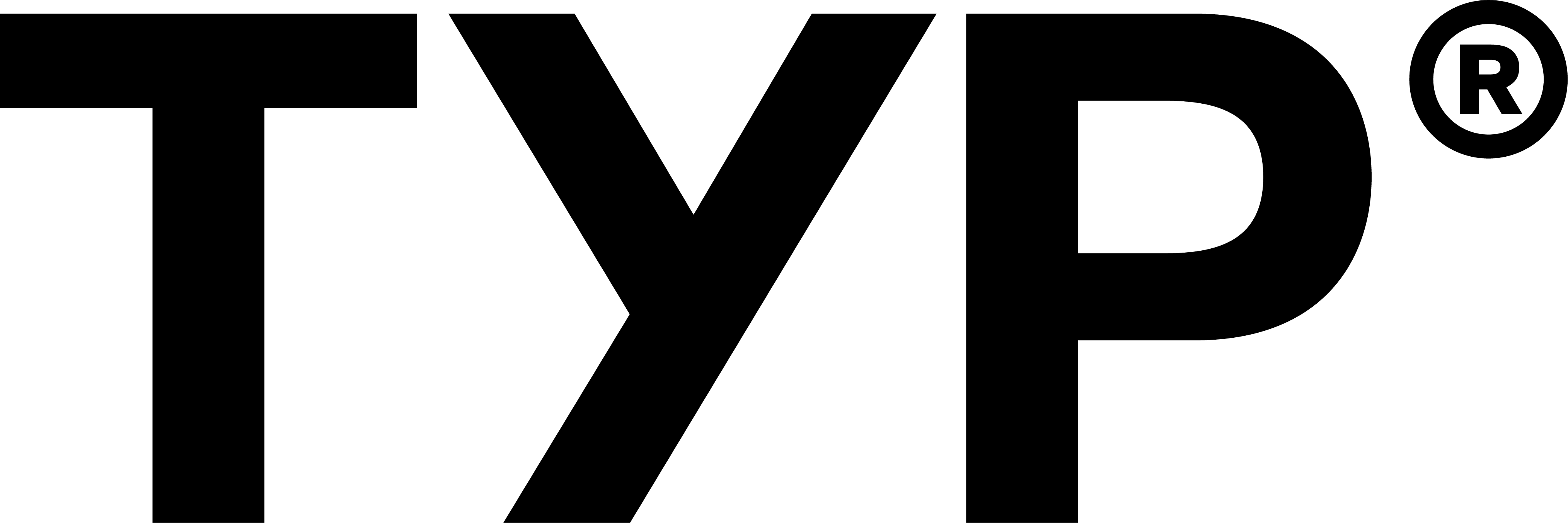Self-assessment by the board is an essential behavior of leadership that boards that are highly effective use to ensure long-term governance. It requires the board to take a break from their day-to-day activities and reflect on its effectiveness. This lets the board be proactive and deal with areas that could be major sources of frustration and tension.
There are a variety of methods to conduct a self-assessment of the board, from surveys and interviews to facilitated discussions. The best approach depends on the size of the board, available resources, and the level of detail you wish to go into the assessment.
When you choose the method be sure to establish the objectives of the assessment. For instance, do seek to improve governance, align governance to organizational goals, or increase accountability? Once you’ve determined this, you can pick an evaluation tool.
Some tools allow you to compare results against other hospitals and health webpage about corporate communications policy importance systems while others focus on your company’s governance practices. Whatever you decide to use it is important to ensure that the tools you use are impartial and do not call out director individuals. This will create a safe environment for honest feedback.
Many boards utilize a peer-review process, which asks directors to evaluate each one another. This can be an extremely beneficial and productive procedure, but it’s vital that the process is confidential. It can be difficult for certain directors to speak out against another director if they fear they’ll be accused of it back at them. In this situation it’s generally better to have the facilitator look over all the responses and decide which information is relevant to discuss with the board.

